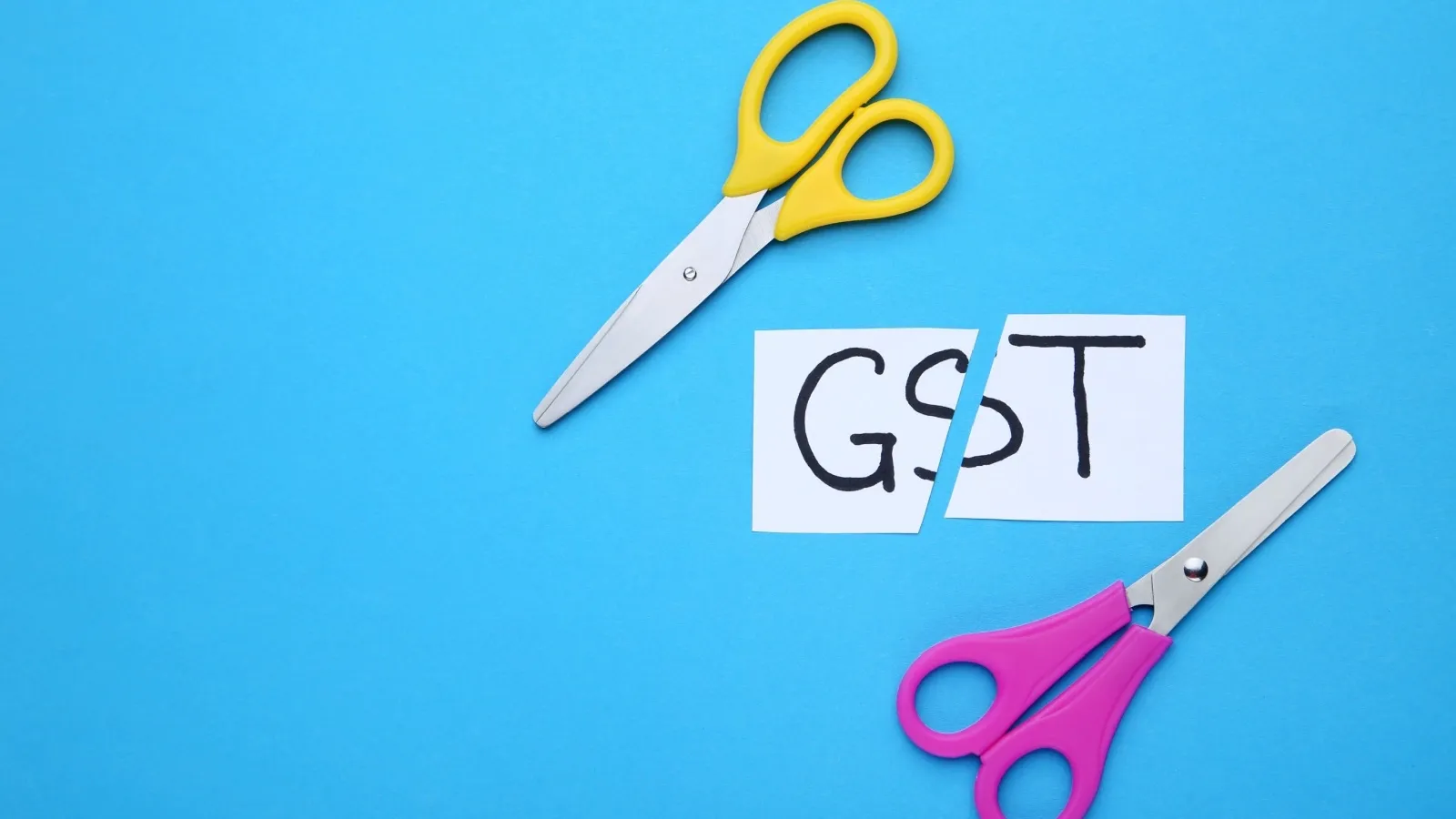Personal Finance News
Buying up: How are car buyers taking advantage of GST rate cuts? Study reveals top trends
.png)
3 min read | Updated on October 29, 2025, 13:42 IST
SUMMARY
The GST rate cuts have played a catalyst in this, but the bigger change is behavioural, as more and more buyers are upgrading their cars, instead of downsizing to benefit from GST rate cuts.

SUVs and compact SUVs remain the preferred and most in-demand car categories. | Representational image source: Shutterstock
The GST rate cuts on cars have not only led to higher sales but also triggered a deeper shift in consumer behaviour as buyers are not just buying more, they are buying up, according to the “Post GST Car Buying Behaviour trends” study conducted by SmyttenPulse AI in October 2025 across Tier 1, 2 and 3 cities.
The study shows that India’s car market is entering 2026 with a renewed sense of aspiration and confidence. The GST rate cuts have played a catalyst in this, but the bigger change is behavioural, as more and more buyers are upgrading their cars, instead of downsizing to benefit from GST rate cuts.
"Consumers are stretching for better models, SUVs dominate new purchase intent, and environmental consciousness is driving a sharp rise in EV consideration despite infrastructure gaps," SmyttenPulse AI, a market research platform, said in a release about the findings of the study.
"Financial confidence is clearly rebounding, more buyers are ready to make higher down payments or take longer loan tenures, while trust in policy and industry incentives is sustaining optimism," it added.
Top car buying trends after GST cuts
According to the study, nearly 79% of respondents said they are using GST savings to switch to a higher model, better brand, or premium add-ons, rather than saving the difference
Further, over 60% plan to upgrade to higher variants within the same brand and 46% have already moved up to a larger vehicle category, from hatchbacks to SUVs.
“GST cuts have done more than make cars affordable, they’ve reignited aspiration. The middle-class buyer is using this moment to stretch upward, from base variants to top trims, from budget brands to feature-rich models,” said Swagat Sarangi, cofounder, Smytten PulseAI.
SUVs and compact SUVs remain the preferred and most in-demand car categories among consumers, followed by Sedans and lastly, hatchbacks.
The study found that post-GST cut, 46% car buyers are somewhat likely and 29% quite likely to consider an electric vehicle. EV buyers are motivated by the following factors:
-
Environmental benefit (68%)
-
Government incentives (66%)
-
Reasonable pricing (55%)
However, most EV buyers are concerned about battery life and replacement cost (75%) and charging infrastructure (55%). These are also the primary hindrances to EV adoption.
Other challenges include High upfront cost (43%), low resale value (52%), limited service centers (48%), and driving range on one charge (26%).
As per the study, more than 58% of respondents prefer to finance their car through loans or EMIs, and 53% can now make higher down payments compared to last year.
Nearly 30% plan to take longer tenures, suggesting that car buyers are stretching comfortably and not cautiously.
Related News
By signing up you agree to Upstox’s Terms & Conditions
About The Author
Next Story


